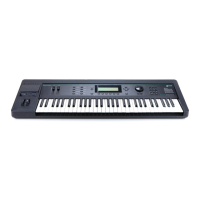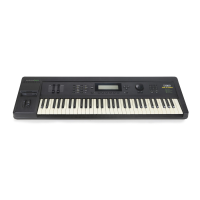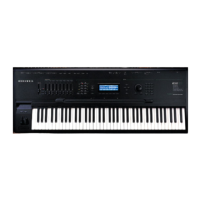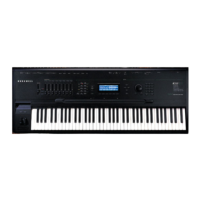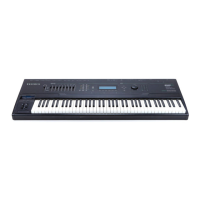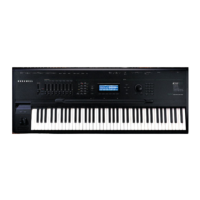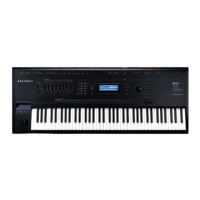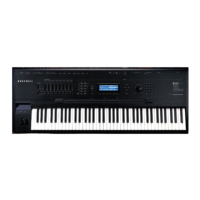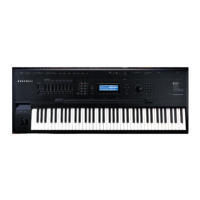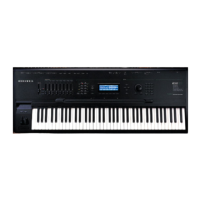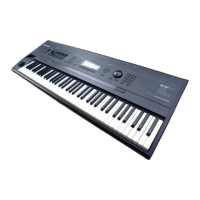4-16
Disk Mode Enhancements in Version 3
Load Function Dialog Changes
(note that if the first second of data is silence then you won't hear very much when the sample is
auditioned.) If the loop points fall within the first second of the stored sample data, they will be
loaded in as well. The K2000 display will blink after the completion of loading the sample
audition data. When the sample segment has been loaded, it can then be played back at its root
key as well as transposed up and down the keyboard.
Once a sample has been auditioned, it remains active across the keyboard until another sample
is auditioned. The audition function ends when you press either OK or Cancel
There must be sufficient sample RAM in the K2000 to load in one second of the sound for
auditioning. This amount varies according to the sample rate of the sample, but for most
samples this will be less than 100K bytes. If the auditioned sample does not play, check that
there is enough free sample memory in the K2000. It is also possible to see the following error if
the K2000 object RAM is full or very near full:
Not|enough|memory|to|audition
Loading Objects from Floppy Disk Files
Individual objects can be loaded from K2000 floppy disk files, with the caveat that some samples
in a multiple-floppy disk file cannot be auditioned because they reside on more than one disk.
These samples will still appear in the object list, but their size will be in parentheses meaning
they cannot be loaded (either explicitly or as dependent objects) and cannot be auditioned.
Load Function Dialog Changes
In Version 3, there are a couple of enhancements to the Load function that make it easier to
specify how and where objects are to be loaded.
Bank Status Indicator
After you have chosen what you wish to load, you are presented with a dialog allowing you to
determine what bank will be used to load in the file's data. This dialog has changed a bit in
Version 3 with the addition of a bank status indicator.
This indicator takes the form of an asterisk after the bank. If an asterisk is present after the bank
(for example, 400...499*), it means that there are objects in the bank, whether they are RAM
or ROM objects. ROM objects are in the zeros and 100s bank, unless you have an optional ROM
block installed. In that case ROM objects are also stored in the 800s and/or 900s bank. If there is
no asterisk on the line for a bank, it means the bank is empty.
In the following screen, there are user objects in the 200s and 400s bank, and possibly also in
other banks that become visible when the selection is scrolled.
||||||||||||||||||||||||||||||||||||||||
||||||||||||||||||||||||||||||||||||||||
||||||||||||||||||||||||||||||||||||||||
||Load|this|file|as:200...299*||||||||||
||||||||||||||||||||300...399|||||||||||
||||||||||||||||||||400...499*||||||||||
||||||||||||||||||||500...599|||||||||||
|||||||||||||||||||||||||||||OK|||Cancel
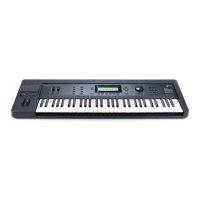
